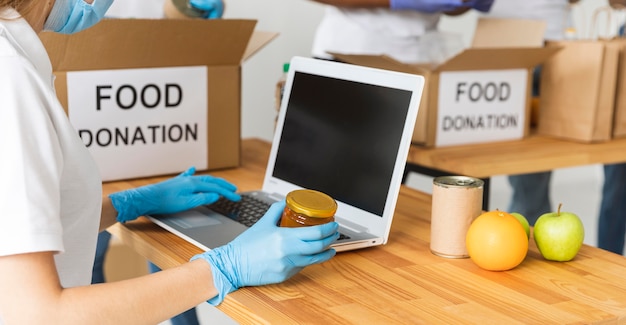
Preventing foodborne illnesses and maintaining food safety are all about keeping high standards of cleanliness and safety in handling food. Even if you’ve taken Food Hygiene and Safety Training, it’s easy to forget some basic principles when cooking every day. Whether you’re managing a professional kitchen or cooking at home, avoiding common slip-ups can lead to a healthier and safer food environment.
1. Not Washing Hands Properly
One of the simplest yet often overlooked practices in food safety is proper handwashing. Many think a quick rinse is enough, but true hand hygiene means scrubbing with soap for at least 20 seconds. This step is vital before you start cooking and after handling raw foods like meat, poultry, or seafood. Without it, harmful pathogens such as Salmonella and E. coli can spread, causing serious health issues. To avoid this mistake, wash your hands thoroughly and dry them with a clean towel or air dryer.
2. Cross Contamination Between Raw and Cooked Food
Cross contamination happens when bacteria from raw food get onto cooked or ready-to-eat items, often through unwashed tools or cutting boards. To prevent this, use separate cutting boards for raw and cooked foods, and clean all surfaces and utensils after use.
3. Ignoring Expiry Dates
It’s easy to overlook expiry dates, but eating food past its expiration can be dangerous. These dates tell you when food is no longer safe. Always check for expiry dates before using foods, and store items so older ones are used first to prevent spoilage.
4. Incorrect Food Storage Temperatures
Storing food at the wrong temperatures is a common mistake that lets bacteria thrive. The “danger zone” for bacterial growth is between 5°C and 63°C. Keep perishable items in the fridge below 5°C and promptly refrigerate leftovers within two hours.
5. Thawing Food at Room Temperature
Leaving frozen food out to thaw can invite bacteria as the outer part warms up while the inside stays frozen. Instead, thaw food in the fridge, under cold water, or in the microwave to keep it safe.
6. Underestimating Personal Hygiene
While focusing on food, don’t forget the importance of personal hygiene. Contaminants can enter food if handled by someone who is sick, wearing dirty clothing, or with untied hair. To avoid this, always cook in clean clothes, keep hair tied back, and stay away from cooking if you’re unwell.
7. Cooking Food at Wrong Temperatures
Cooking foods to the right temperature is key to killing harmful bacteria. When rushing, it’s easy to undercook meals, which can lead to illnesses. Use a food thermometer to ensure foods reach the safe internal temperature, concentrating on the thickest parts.
8. Using Unclean Utensils
Using the same utensils for raw and cooked foods can easily lead to cross contamination. Avoid this by separating utensils for different types of food and clean them immediately after use.
9. Not Washing Fruits and Vegetables Properly
Even if they seem clean, fruits and vegetables can have harmful bacteria or pesticides. Skipping a thorough wash increases the risk of foodborne illnesses. Always rinse them under running water, and use a clean brush for those with firmer surfaces like cucumbers and melons.
10. Neglecting Regular Cleaning of Kitchen Surfaces
Bacteria can linger on kitchen surfaces such as countertops and cutting boards, which, if left uncleaned, could contaminate other foods. Be diligent about cleaning and disinfecting these areas after preparing food, especially after handling raw meat.
In conclusion, ensuring food safety not only helps prevent foodborne illnesses but also protects your health and that of others. By staying mindful of these common mistakes and actively working to avoid them, you can make sure the food you prepare is safe and nutritious.









